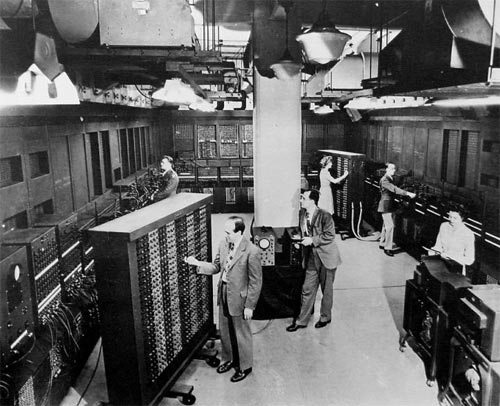
Fine-tuning ENIAC. J. Presper Eckert (the man in the foreground turning a knob) served and John Mauchly (center) designed ENIAC to calculate the trajectory of artillery shells. The machine didn't debut until February 1946, after the end of World War II, but it did launch the computer revolution.
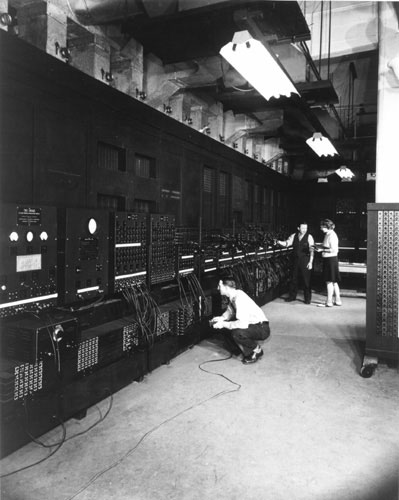
ENIAC contained nearly 18,000 vacuum tubes and filled a 1,500-square-foot room. To program it, different accumulators had to be wired to each other.
power-hu
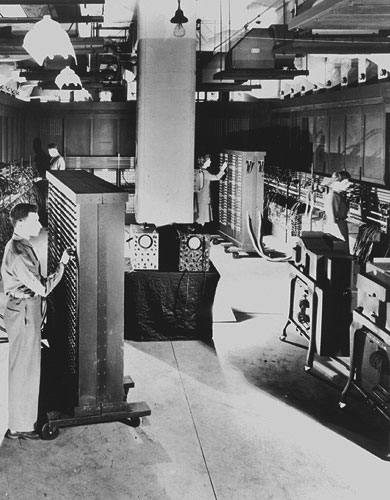

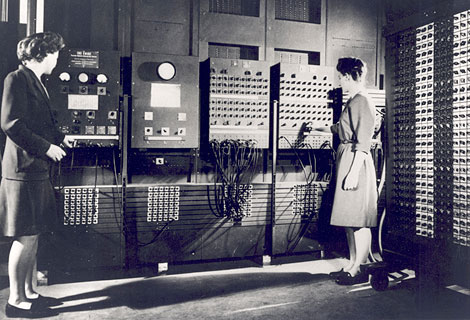
"The audience was absolutely astounded. ENIAC ran the trajectory faster than it took the bullet to trace it. People got, as a souvenir, a printout of the trajectory we ran," said Jean Bartik, one of the surviving programmers, about the first demonstration of ENIAC to the military and other scientists.
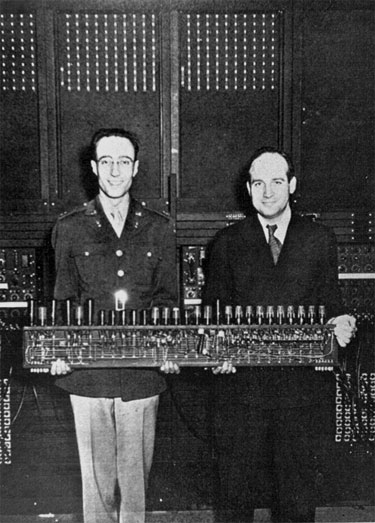
Herman Goldstine, a mathematician from the U.S. Army, at right and Eckert. Although the two collaborated on ENIAC, many of the original participants argued later over who deserved credit. Goldstine was responsible for bringing John Von Neumann into the ENIAC project. Eckert later asserted that Von Neumann tried to take credit for ideas that emerged with Eckert and Mauchly.
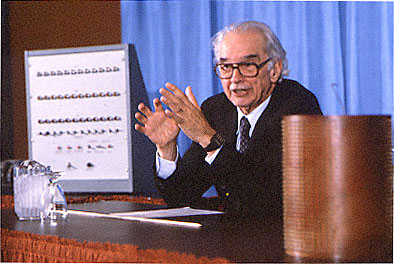
Iowa State professor John Atanasoff liked fast cars and scotch, according to interviews he gave. After driving to a bar in Illinois, he had a few drinks and sketched out on a napkin a concept out for an electronic device that could perform math functions with signals from vacuum tubes. The ABC Computer was built in 1941. It could perform multiplication, but worked stopped on the project after the attack on Pearl Harbor and Atanasoff never returned to it.
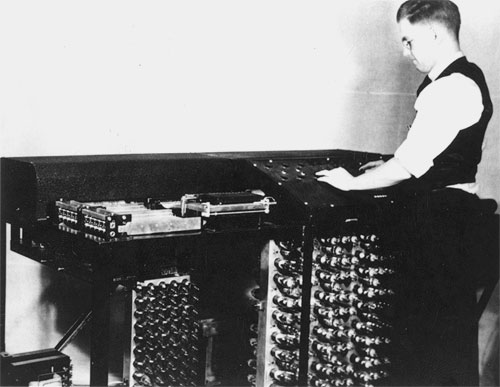
A panel from ABC. Did Mauchly steal ideas from the Atanasoff? He visited Atanasoff and the two discussed computers before ENIAC was built. Mauchly defenders, however, say ABC just confirmed his own ideas and ENIAC used a far different architecture. A court, however, invalidated the ENIAC patents. Still, ABC was never used on any real computing projects.
Rand
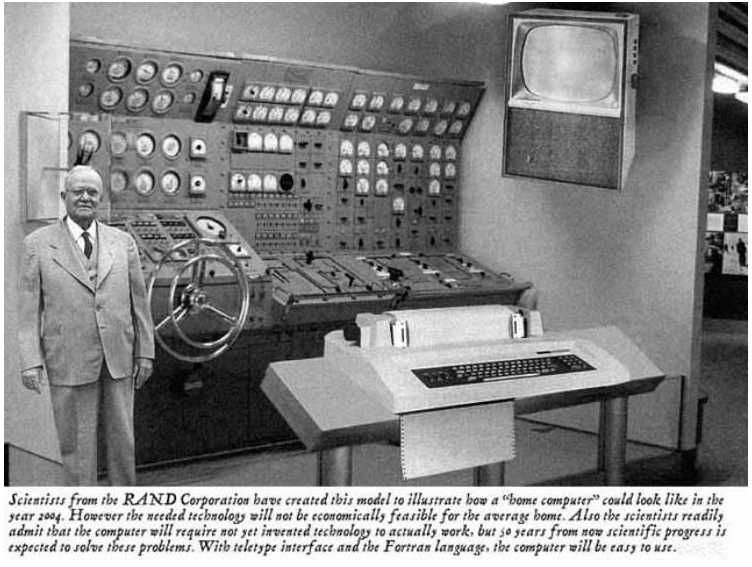
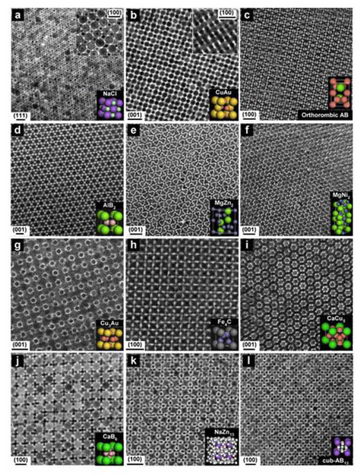
Image: Transmission electron microscope images of some of the latticework structures created by the self-assembly of different nanoparticles. The colored inset image in each frame shows the corresponding three-dimensional structure in an ordinary crystal. Credit: Elena Shevchenko